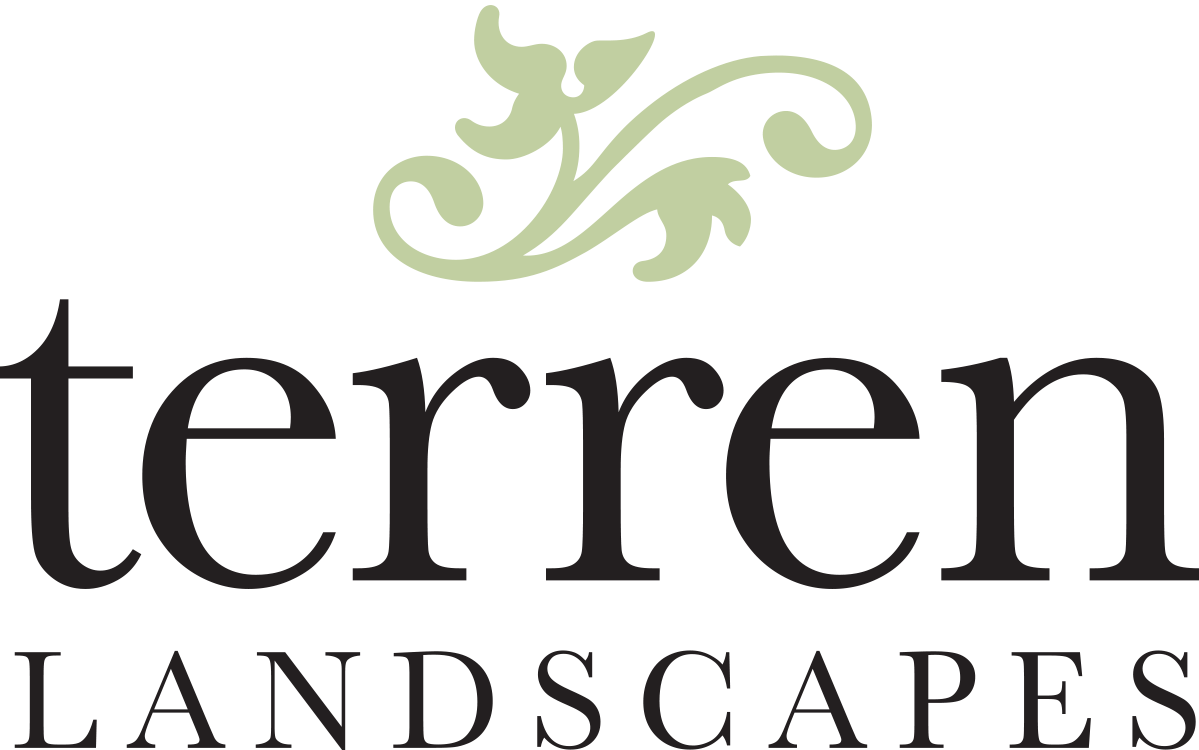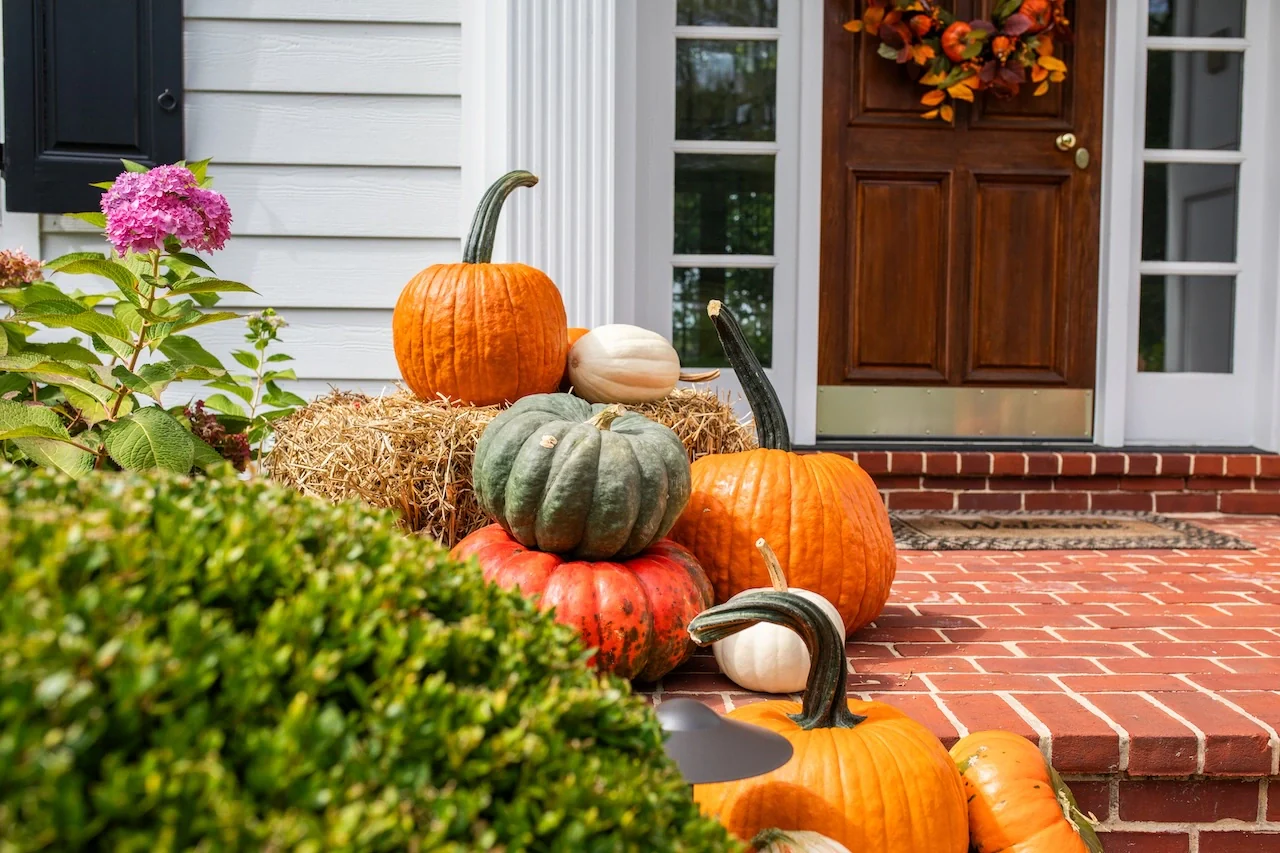New to home ownership? This article will set you on the right path to success.
Landscaping is an essential aspect of making a house feel like home. As a new homeowner, you might be overwhelmed with interior arrangements and often overlook the importance of the exterior. However, a well-planned landscape not only enhances the curb appeal but also increases the property value. This article aims to provide a thorough landscaping checklist for new homeowners and covers essential details often overlooked or unknown.
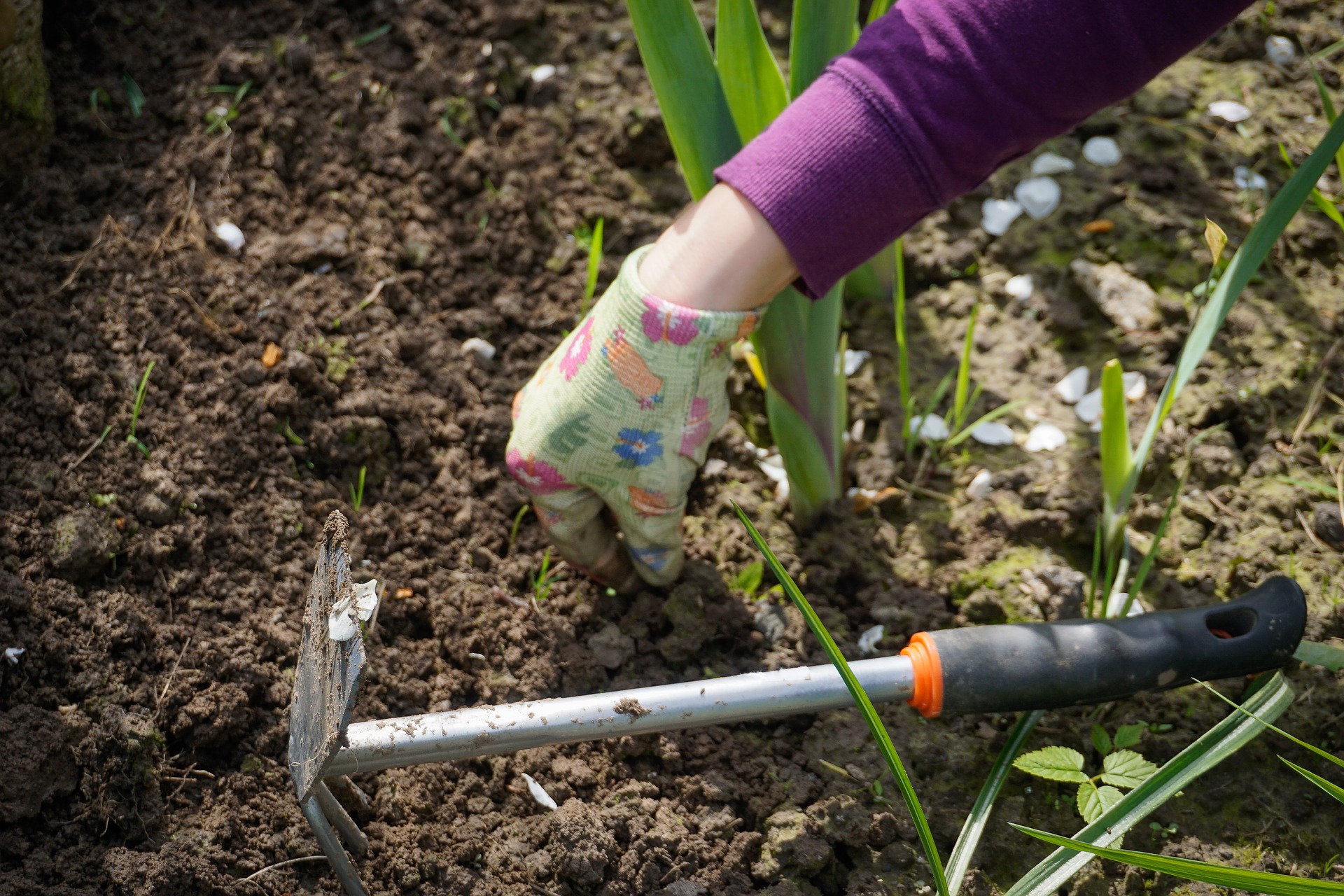
Understand Your Land
Soil Testing
Before you start planting, it is crucial to understand the soil in your yard. Soil testing helps you determine the soil type, pH level, and nutrient content. This information is essential for selecting the right plants and ensuring their healthy growth. Soil testing kits are available at garden centers or online, or you can hire a professional to do the testing for you. Our Turf Care team tests each Client’s lawn twice a season to ensure we are applying the correct applications for a lush lawn.
Land Grading
Land grading is the process of leveling the ground to ensure proper water drainage. A well-graded yard will prevent water from pooling around the foundation of your home, which could lead to costly repairs. If you are unsure about the grading of your yard, it is advisable to consult a professional landscaper or a civil engineer.
Climate and Sunlight
Understanding the local climate and sunlight patterns is crucial for selecting appropriate plants for your landscape. Some plants prefer full sun, while others thrive in partial shade or full shade. Observe your yard at different times of the day to determine the sun and shade patterns.
Planning Your Landscape
Set Your Goals
Start by defining the purpose of your landscape. Do you want to create an outdoor living space, a private oasis, a playground for your children, or a combination of these? Setting clear goals will help you plan your landscape more effectively and ensure that it meets your needs and preferences.
Budgeting
Estimate the costs for plants, materials, and labor. It is advisable to create a detailed budget that includes all the essential elements of your landscape, such as plants, hardscaping materials, irrigation system, lighting, and professional services if needed.
Design
Create a design for your landscape that includes all the essential elements you have planned. You can use online design tools, hire our professional landscape designers, or create a hand-drawn sketch. Include the location of plants, hardscaping elements, irrigation system, and lighting in your design.
Legal and HOA Requirements
Check local regulations and homeowners association (HOA) guidelines to ensure that your landscaping plans comply with any restrictions or requirements. Some areas may have restrictions on tree removal, fence height, or water usage.
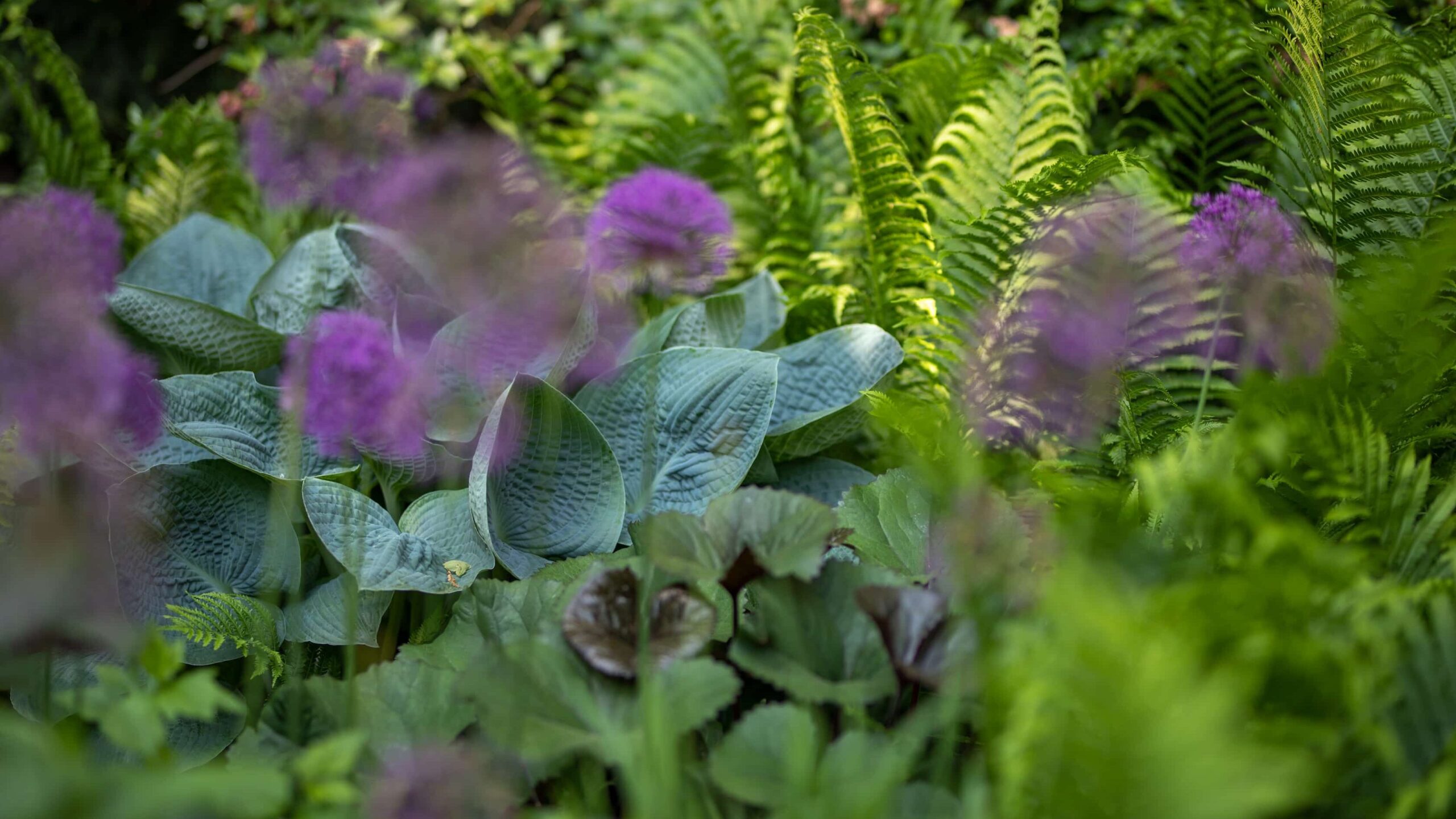
Selecting the Right Plants
Native Plants
Using plants native to your region has several benefits. Native plants are adapted to the local climate and soil conditions, which means they generally require less water, fertilizer, and maintenance than non-native plants. They also provide habitat for local wildlife and help preserve the natural landscape.
Plant Hardiness Zone
The USDA plant hardiness zone map divides North America into 11 different zones based on the average minimum winter temperature. Knowing your hardiness zone will help you select plants that are suitable for your climate.
Plant Variety
Select a mix of annuals, perennials, shrubs, and trees to create a landscape with year-round interest. Consider the bloom time, foliage color, and texture of the plants to create a harmonious and visually appealing landscape.
Wildlife
Consider the impact of local wildlife on your landscape. Some plants may attract beneficial insects, birds, or butterflies, while others may attract pests or be susceptible to damage from deer or rabbits.
Landscaping Essentials
Drainage
Proper drainage is crucial to prevent water logging or erosion in your yard. Make sure your yard is graded properly to direct water away from your home and other structures. Consider installing a French drain or a dry creek bed if needed to manage water flow. However, major flooding or drainage issues should involve a professional – water is dangerous and can cause significant issues or harm to others.
Irrigation
An irrigation system will help you maintain a healthy landscape with less effort. Drip irrigation or soaker hoses are efficient options for watering plants because they deliver water directly to the root zone, minimizing water waste.
Hardscaping
Hardscaping includes non-plant elements such as paths, patios, fences, and retaining walls. These elements add structure and functionality to your landscape. When planning your hardscape, consider the material, color, and style to ensure it complements your home and the surrounding landscape.
Lighting
Outdoor lighting enhances the beauty of your landscape and provides safety and security. Consider installing path lights, spotlights, and uplights to highlight the essential features of your landscape and create a warm and inviting atmosphere.
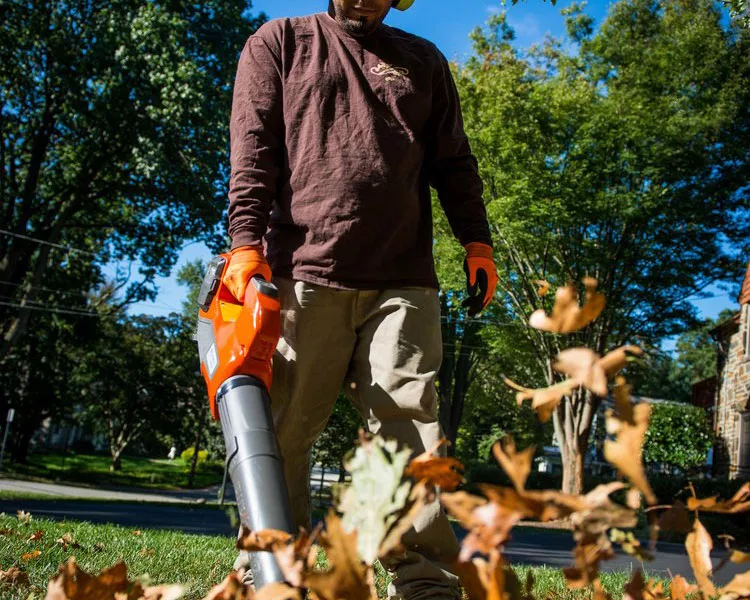
Maintenance Planning
Lawn Care
A healthy lawn is an essential part of any landscape. Regular mowing, watering, aerating, and fertilizing will help maintain a lush and healthy lawn. Consider using organic fertilizers and pest control products to minimize the environmental impact.
Read: How to Cut Your Lawn Like a Pro
Pruning and Trimming
Proper pruning and trimming are essential for maintaining healthy and attractive plants. Different plants have different pruning requirements, so it is essential to know the specific needs of each plant in your landscape.
Mulching
Mulching helps retain soil moisture, suppress weeds, and improve soil quality. Apply a 2-3 inch layer of organic mulch, such as shredded bark or compost, around the base of your plants. Be careful not to pile the mulch against the stems or trunks of the plants.
Read: Landscape Maintenance 101
Pest and Disease Control
Regularly inspect your plants for signs of pests or diseases. Early detection and treatment are crucial for managing pests and diseases effectively. Use organic or least-toxic products whenever possible to minimize the environmental impact.
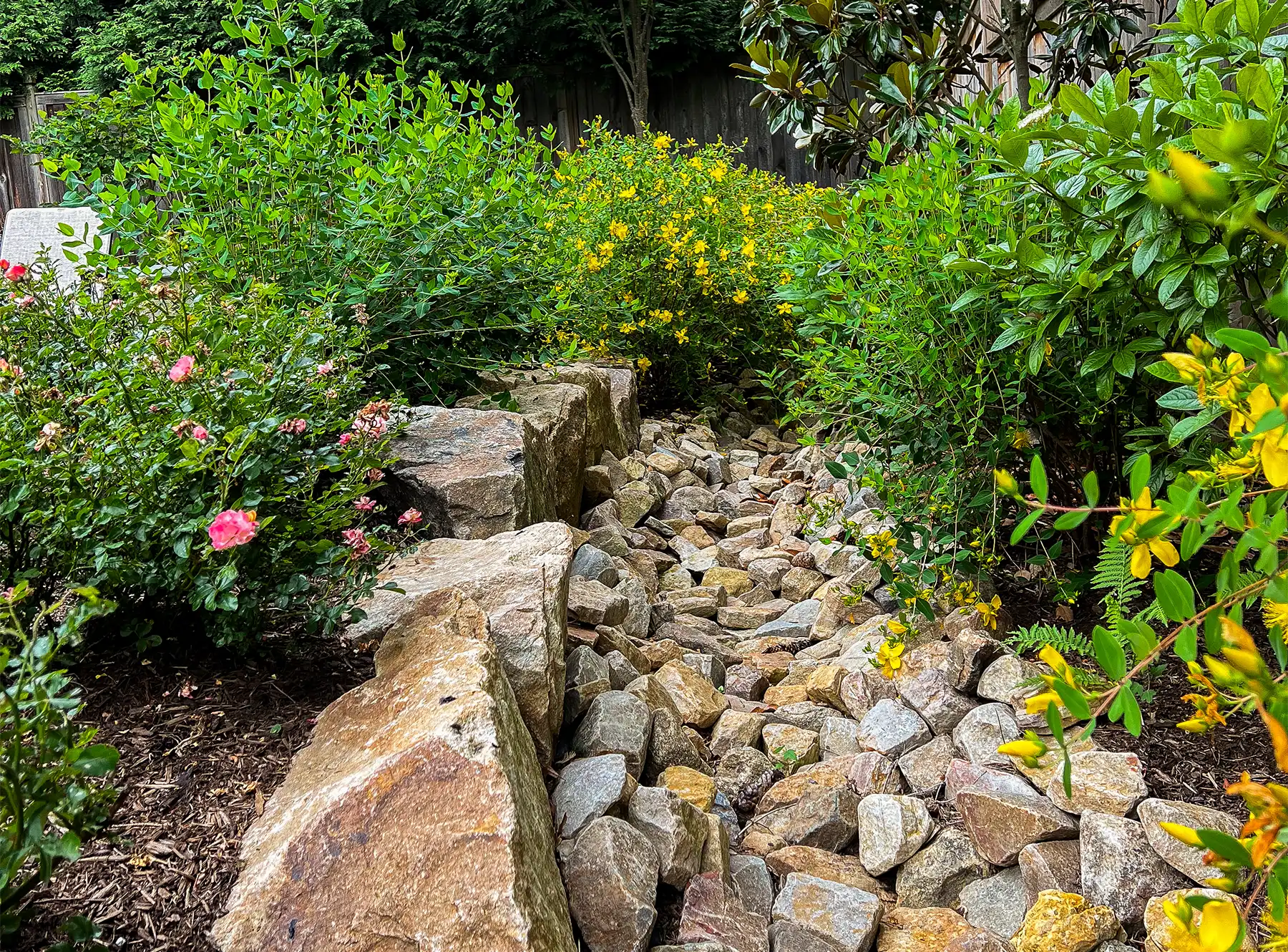
Sustainability Considerations
Water Conservation
Water is a precious resource, and conserving water is essential for sustainable landscaping. Consider using drought-tolerant plants, installing a rain barrel, and using a drip irrigation system to minimize water usage.
Composting
Composting is an excellent way to recycle organic waste and create nutrient-rich soil for your garden. Start a compost pile in your yard and add kitchen scraps, yard waste, and other organic materials.
Eco-friendly Materials
Choose sustainable materials for your hardscaping elements. Recycled or locally sourced materials are eco-friendly options that minimize the environmental impact of your landscape.
Common Mistakes to Avoid
Overplanting
Planting too many plants or planting them too close together can lead to overcrowding and competition for water, nutrients, and sunlight. Follow the recommended spacing guidelines for each plant to ensure healthy growth.
Ignoring Maintenance
Landscaping is not a one-time task but an ongoing process. Regular maintenance is essential for maintaining a healthy and attractive landscape. Create a maintenance schedule that includes tasks such as mowing, watering, pruning, and fertilizing.
Overlooking Wildlife
Not considering the impact of local wildlife on your landscape can lead to disappointment and frustration. Select plants that are resistant to deer and other pests, and consider installing protective barriers if needed.
Don’t overlook your Landscape.
Landscaping is an essential aspect of homeownership that often gets overlooked. A well-planned and maintained landscape enhances the curb appeal, increases the property value, and provides a beautiful and functional outdoor living space. This comprehensive checklist will help new homeowners plan and create a successful landscape that meets their needs and preferences while considering essential factors such as soil, climate, water conservation, and local wildlife.
Additional Resources
- USDA Plant Hardiness Zone Map: USDA Website
- Native Plant Database: Native Plant Society Website
- Organic Pest Control Products: Organic Materials Review Institute (OMRI) Website
